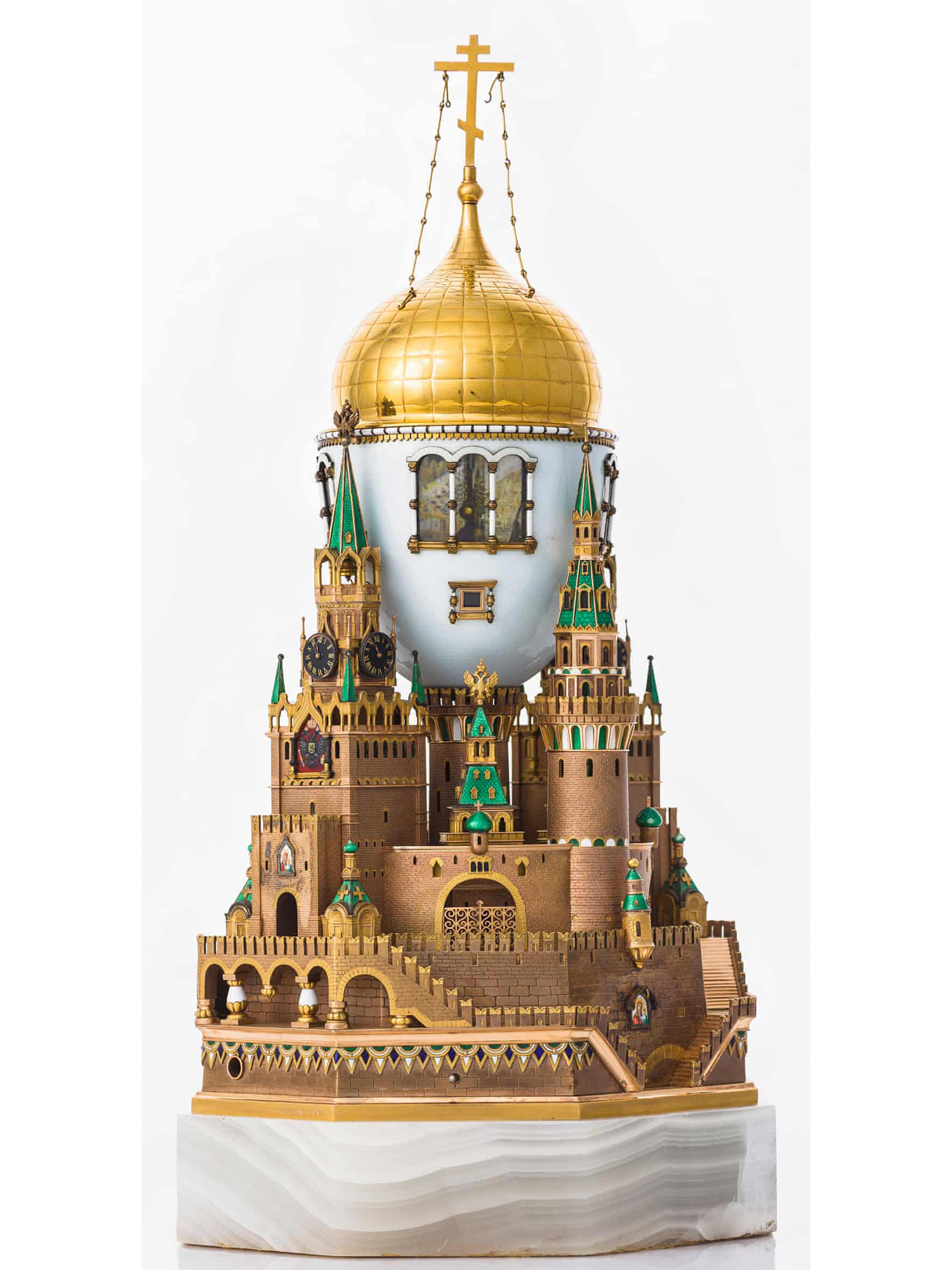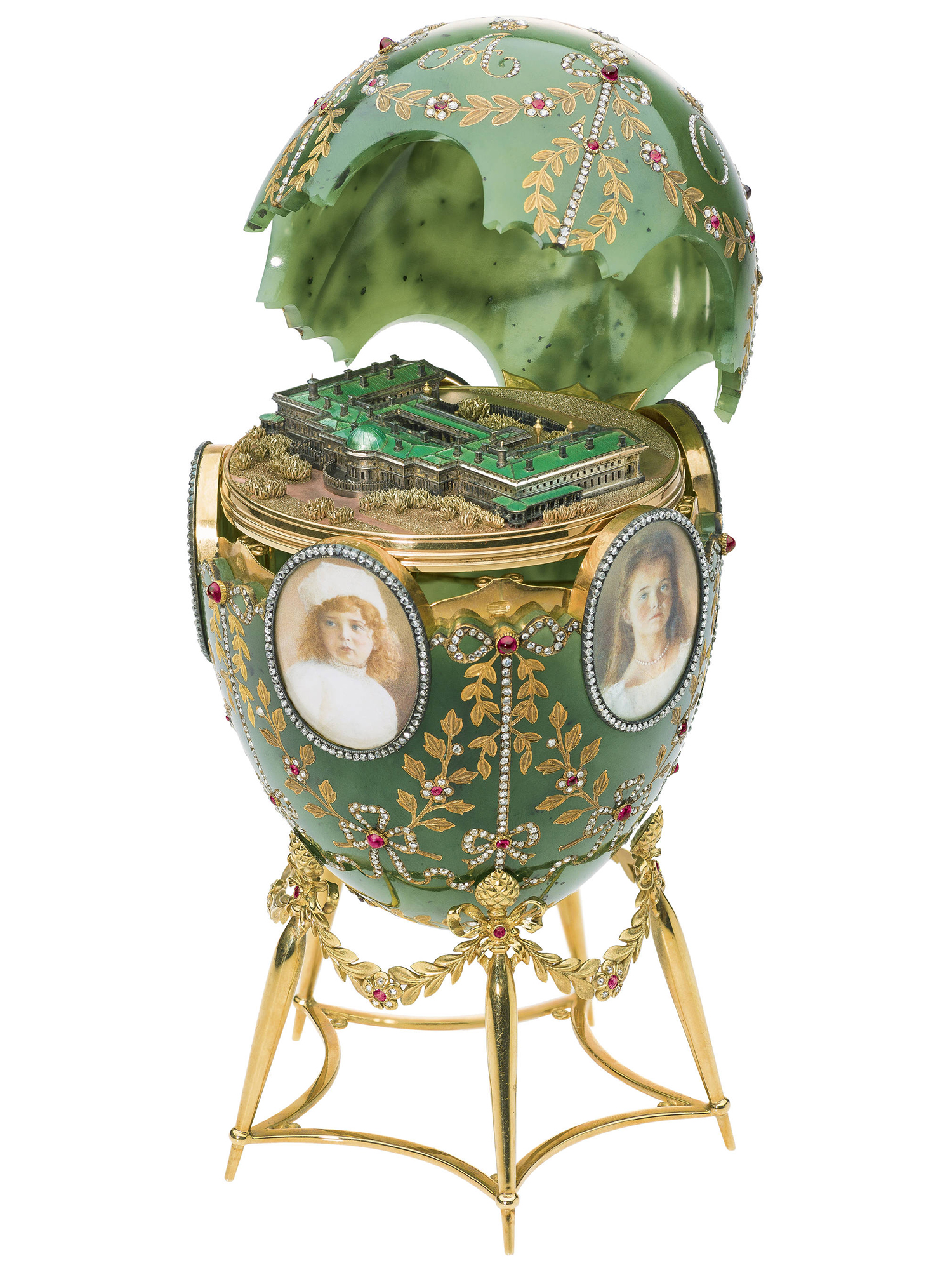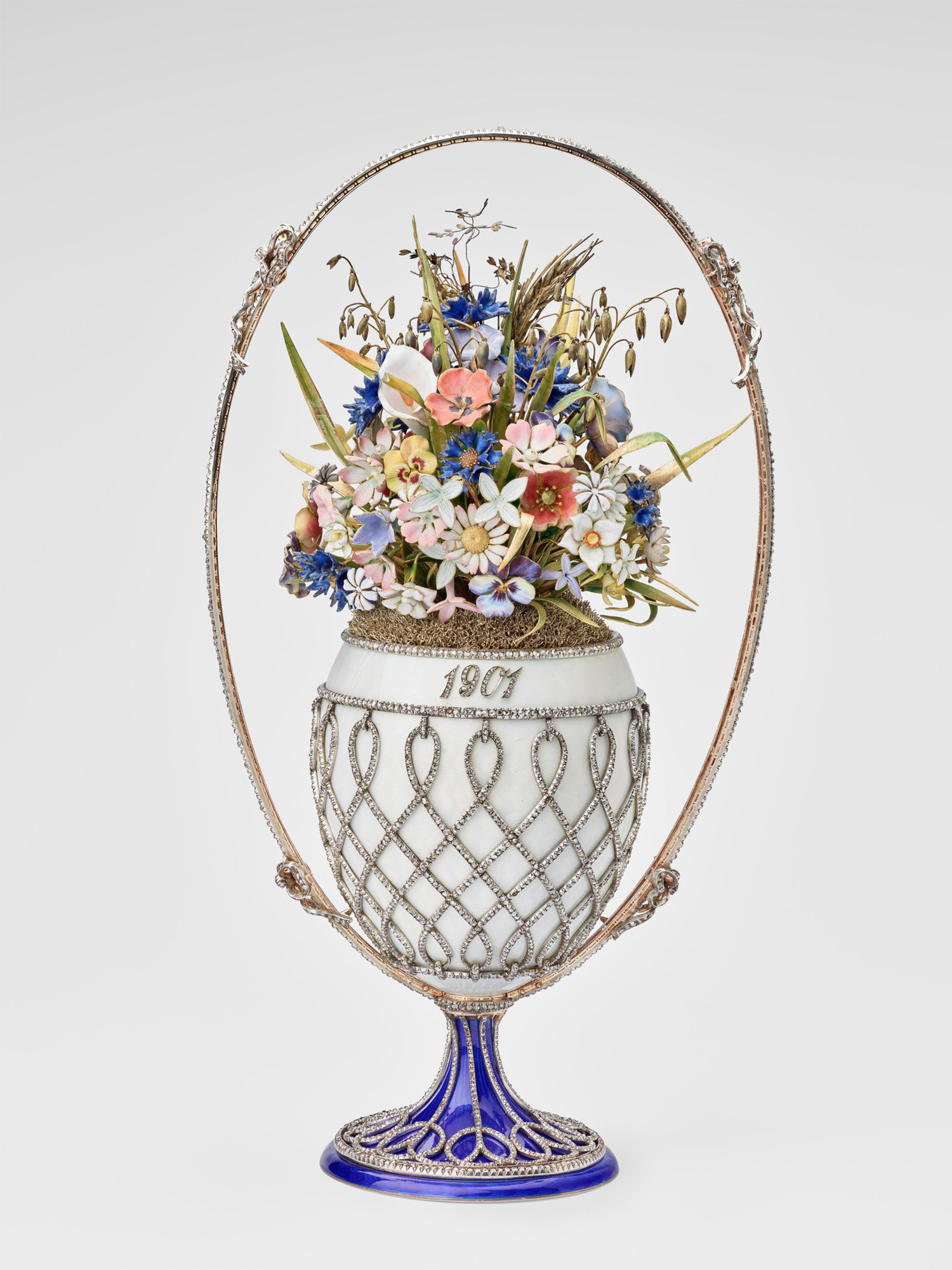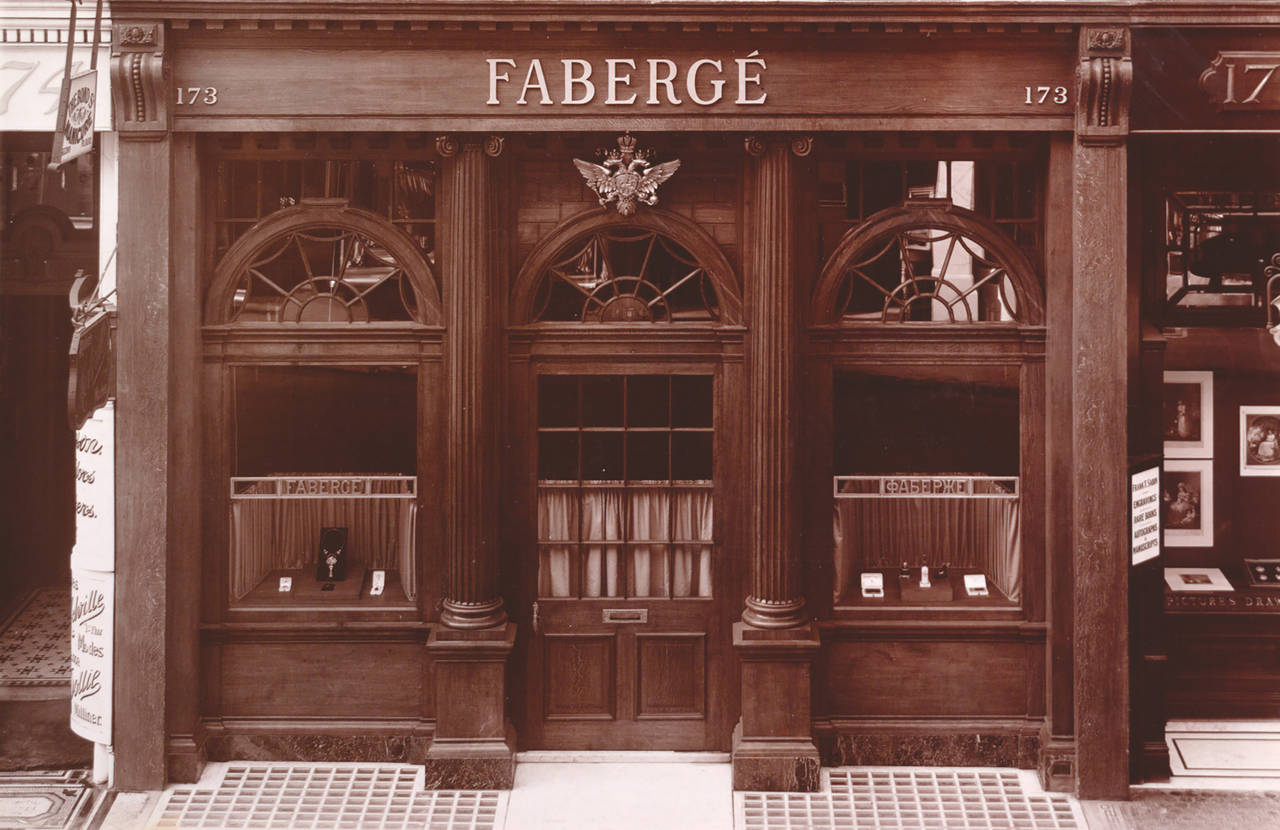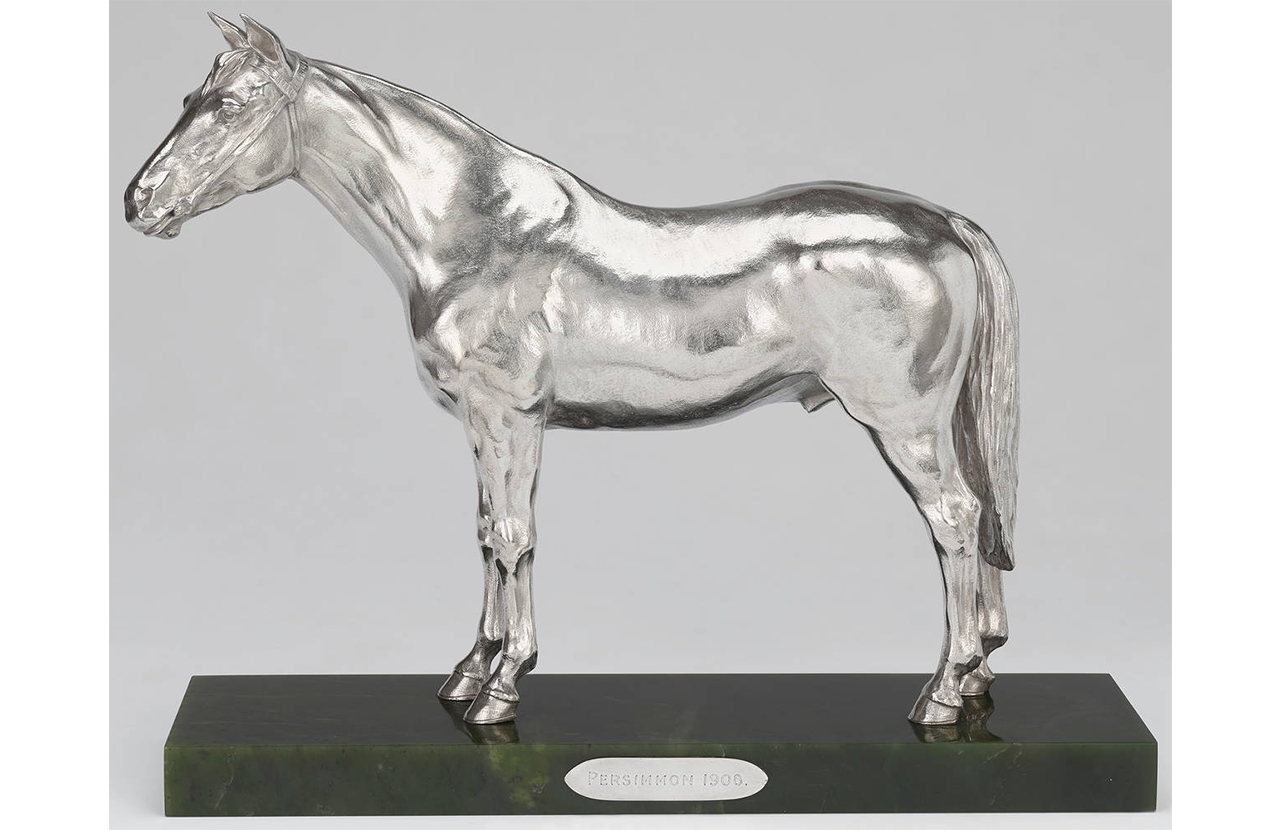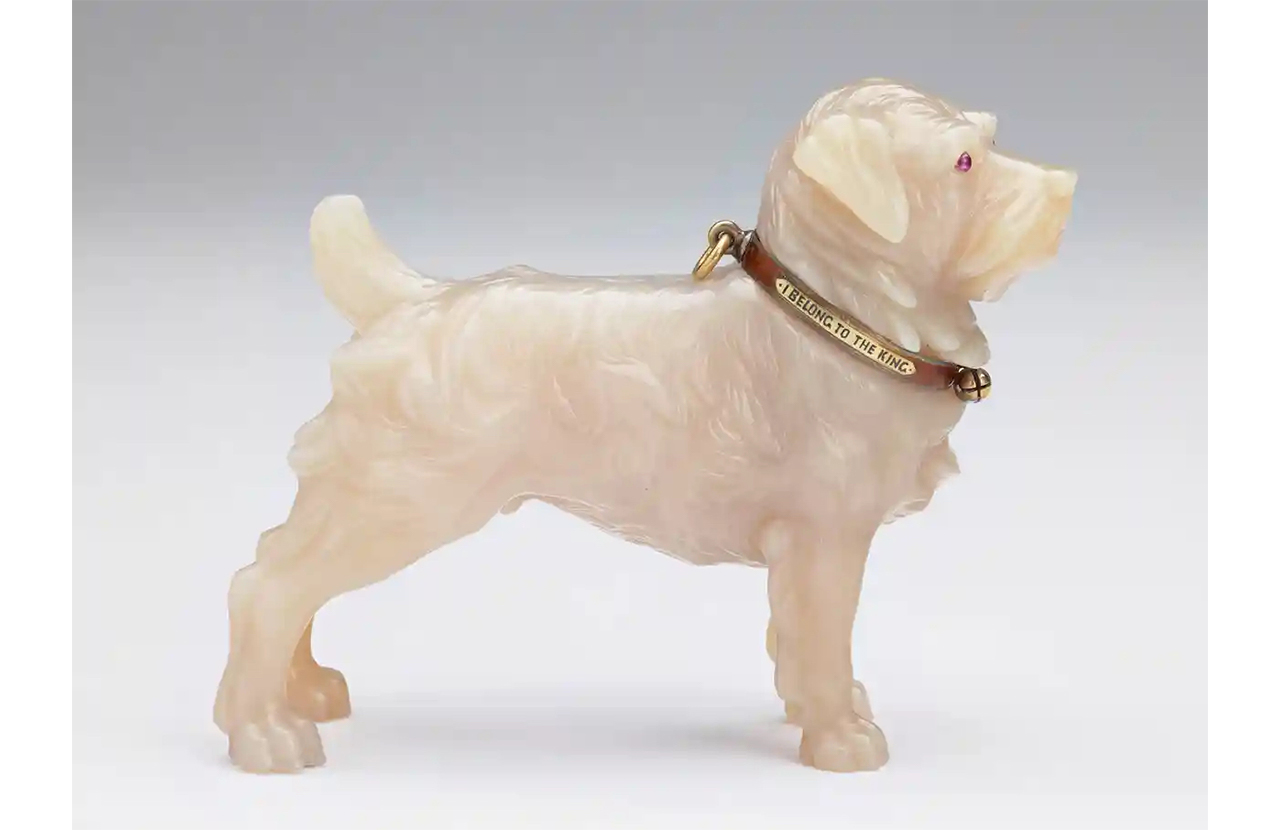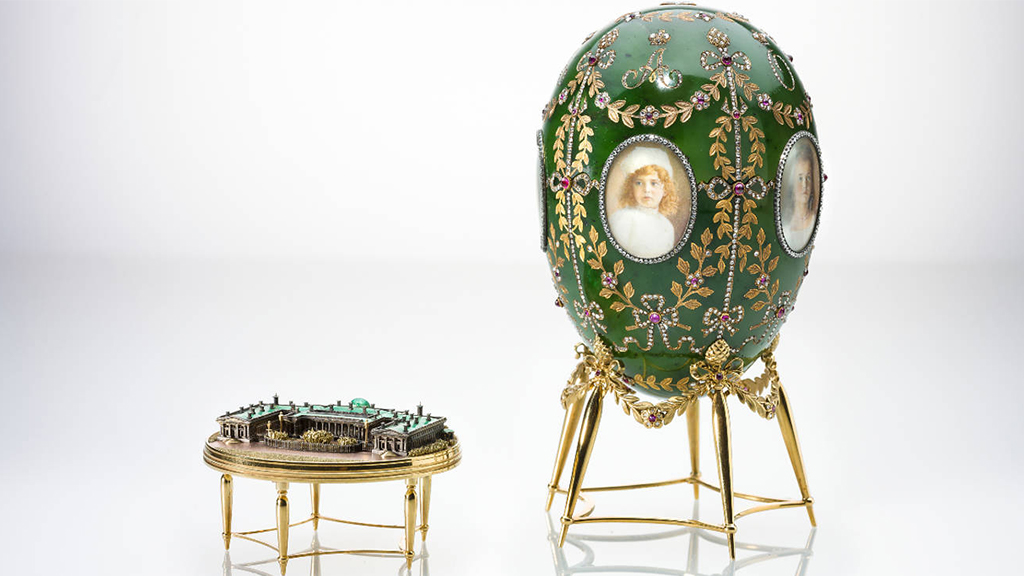
A grandiose Fabergé exhibition will open at the Victoria and Albert Museum
In November, Victoria and Albert Museum will welcome visitors to a dazzling exhibition dedicated to Peter Carl Fabergé — a Russian jeweller, who is best known for his spectacular Easter eggs, or Fabergé eggs. V&A’s Fabergé in London: Romance to Revolution will give the British public an opportunity to see three Imperial Fabergé eggs from the collection of the Moscow Kremlin Museums that have never been exhibited in the UK before. The exhibition will also pay special attention to Fabergé’s connection with England, which is often overlooked, even though the only House of Fabergé boutique outside the Russian Empire was located in London.
Peter Carl Fabergé, the son of a jeweller Gustav Fabergé, followed in his father’s footsteps by taking over the family’s firm House of Fabergé, which he managed to elevate to unimaginable heights. Before becoming head of the family business young Carl travelled all over Europe studying in the best schools with the best artisans and perfecting his craft. For 10 more years the jeweller worked in Saint Petersburg under the mentorship of his father’s partner, who was left in charge of the firm when the Fabergés moved to Germany, becoming the Master Goldsmith of House of Fabergé after his mentor’s death. The breakthrough happened in 1885, when the first ever Fabergé egg was produced. It was the First Hen egg, which was presented to Alexander III, who gave it to his wife as an Orthodox Easter gift. Ever since then, Fabergé made an egg each year until Alexander III’s death, when Nicholas II changed the tradition by ordering two eggs a year instead of one.
Each egg was unique, with new designs kept secret from everyone, including the Tsar himself, until they were presented at the royal court. These bejewelled items were made to resemble real Easter eggs and were made of such materials as nephrite and gold and incrusted with all sorts of precious stones. Inside each egg there was a surprise no less whimsical than the egg itself. Records indicate that there was a total of 71 Fabergé eggs produced with 52 of them being Imperial. Some eggs were lost after the Revolution, when Carl Fabergé fled Russia, dying shortly after: at the time his family said that he died of a broken heart after witnessing what the Bolsheviks did to the Russian Empire. However, Carl Fabergé became a legend in the jewellery world long before death. His works were exhibited at the Hermitage as an example of fine Russian contemporary craftsmanship and represented the Russian Empire at the 1900 Paris Exposition, where Fabergé was recognised as a maître, received a gold medal and became a knight of the Legion of Honour.
The exhibition at the Victoria and Albert Museum will feature more than 200 items, among which there will be three Imperial Fabergé eggs provided by the Moscow Kremlin Museums. The Moscow Kremlin egg deserves special attention — it has never left Russia before and is the largest bejewelled egg ever created by the House of Fabergé. Nicholas II ordered it as an Easter gift for his wife, Empress Alexandra Fyodorovna, and it is now kept in the Kremlin Armoury. The egg is made in the image of the Dormition Cathedral in Moscow, where all Russian monarchs were crowned, and has a tiny clockwork and a music box hidden inside as a surprise. The eggs Alexander Palace and Romanov Tercentenary are also on loan from the Kremlin Armoury. These eggs were created for Nicholas II and presented to Alexandra Fyodorovna, too. The nephrite egg Alexander Palace features five tiny watercolour-on-ivory portraits of the emperor’s children, with the surprise being a miniature model of the Alexander Palace in Tsarskoye Selo. The third egg provided by Moscow was made in honour of the 300th anniversary of the Romanov dynasty in 1913 and is decorated with 18 portraits of members of the Russian royal family. Inside the Romanov Tercentenary egg is a rotating globe, on which the Northern Hemisphere is depicted twice with the Russian Empire’s borders clearly marked.
Follow us on Twitter for more news about Russian culture and history
The remarkable exhibits of the Moscow Kremlin Museums will be complemented by items from the private collection of Queen Elizabeth II: for example, the Imperial Easter egg Basket of Flowers, which was also presented to Alexandra Fyodorovna for Easter by Nicholas II. Unfortunately, this egg’s surprise has been lost, and it is not known what it was. The egg ended up in the Queen’s collection as a result of resale after the Revolution, when in 1933 it was acquired by Elizabeth’s grandfather George V. The exhibition will also shed light onto Carl Fabergé’s connection with Britain: the jewellery firm’s boutiques were located in Saint Petersburg, Moscow, Kiev, Odessa and in London, with 173 New Bond Street being the only shop outside the Russian Empire. London boutique was very popular with an elite clientele, consisting of aristocrats, members of the royal family, various tycoons and socialites. Among the exhibits that will be on display at the Victoria and Albert Museum in autumn are other items loaned by Elizabeth II, such as a statuette of Edward VII’s favourite racehorse Persimmon and a model of his dog Caesar.
Fabergé in London: Romance to Revolution will open at the Victoria and Albert Museum on 20 November 2021. Tickets are not yet on sale. Official website of the museum.
Cover photo: the Alexander Palace Egg, 1908 ( The Moscow Kremlin Museums)
Read more:
National Trust is trying to save a tapestry depicting Peter the Great from moths
Rudolf Nureyev: an emigrant, who became a ballet legend
How Britain discovered Gorbachev, and Gorbachev discovered Britain
SUBSCRIBE
Receive our digest once a week with quality Russian events and articles
